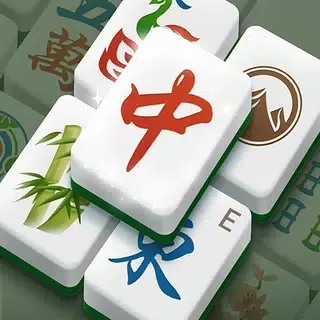Loading game...
Mahjong Solitaire
Mahjong Solitaire functions as a single-player logic puzzle where the definitive goal is the complete elimination of all tiles from the playing field. The session begins with a pre-set arrangement, typically consisting of 144 tiles stacked in a specific formation like the 'Turtle' or 'Spider'. Victory is achieved only when the player successfully matches and removes every pair, leaving the board entirely empty.
What is Mahjong Solitaire?
